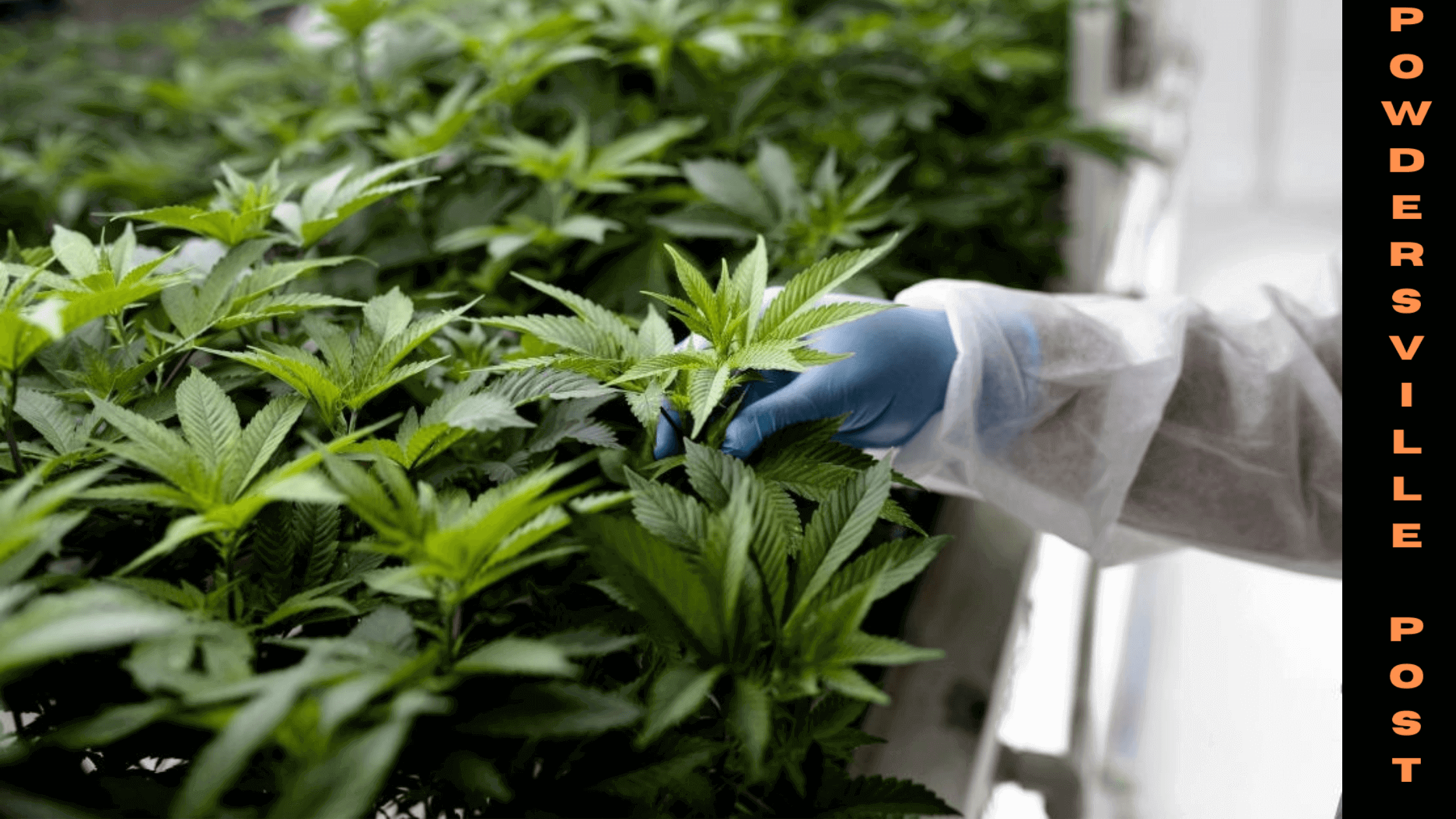Cannabinol Found To Protect Against Neurodegenerative Diseases
Nikki Attkisson | Last Updated : January 28, 2022The researchers looked at the process of oxytosis, also known as ferroptosis, which is thought to occur in the aging brain and may be linked to Alzheimer’s disease. The slow depletion of the antioxidant glutathione can cause oxytosis, culminating in brain cell damage and death owing to lipid oxidation. In their investigation, the researchers gave cannabinol to nerve cells and then added an agent to promote oxidative damage.
Cannabinol Found To Protect Against Neurodegenerative Diseases
Alzheimer’s disease is an incurable condition whose cause has never been determined. A number of environmental and genetic factors play a role in its development. A polymorphism in the APOE gene is the strongest genetic risk factor. The risk of head injuries, severe depression, and high blood pressure is all related to previous head injuries.

There is a link between amyloid plaques, neurofibrillary tangles, and neuronal losses in the brain. For a probable diagnosis, a history of the patient’s medical history along with brain imaging and blood tests are required.
Patients often mistake their first symptoms for normal aging. For a definitive diagnosis, the brain tissue must be examined, but this can only be done after death. In 2019, scientific trials to investigate these possibilities were ongoing to examine whether a healthy diet, physical activity, and social engagement may help to slow aging and reduce the incidence of cognitive decline and Alzheimer’s disease. Several drugs and nutritional supplements have not been shown to reduce risk in studies.
There is no treatment that can reverse or stop the disease’s progress, although some can temporarily ease symptoms. Caretakers become more reliant on others, which increases their workload. Economic, psychological, and physical factors may contribute to stress levels. Taking part in exercise programs can improve daily activities and outcomes. Antipsychotics are commonly used to treat behavioral difficulties or psychosis caused by dementia, although they are rarely prescribed because they provide little benefit and raise the risk of premature mortality.
Internally, cannabidiol can be consumed in a variety of methods, including breathing cannabis smoke or vapor, taking it by mouth, or spraying it into the cheek with an aerosol spray. CBD oil with solely CBD as the active element (no tetrahydrocannabinol [THC] or terpenes), CBD-dominant hemp extract oil, pills, dried cannabis, or prescription liquid solution are all options. CBD does not have the same psychoactive properties like THC, and when both are present, CBD may alter THC’s effects on the body.
The mechanism of action for its biological effects has yet to be discovered as of 2018. Several neurological illnesses have been studied in the context of cannabidiol, however, the findings have yet to be verified in clinical practice. The FDA issued an alert in October 2019 saying that the effects of CBD during pregnancy or nursing are unknown, meaning that the safety, dosages, interactions with other medications or foods, and side effects of CBD have not been clinically characterized, posing a danger to the mother and newborn.
Many claims about cannabidiol’s therapeutic benefits are made without supporting evidence. Some claims, such as cancer treatment, are based on speculation.
Cannabidiol may minimize the negative effects of THC, particularly those that cause intoxication and sedation, according to research, but only at large levels. Cannabidiol is well tolerated in safety trials, however, it may cause sleepiness, diarrhea, or changes in appetite as side effects. Sleepiness, insomnia, and poor quality sleep are among the side effects of Epidiolex, as are decreased appetite, diarrhea, and exhaustion. Various strains of medicinal cannabis have been discovered to have considerable variations in CBD-to-THC ratios, as well as other non-psychotropic cannabinoids. Any psychoactive cannabis, regardless of CBD concentration, comes from the Cannabis genus’ flower (or bud).
With over 15 years as a practicing journalist, Nikki Attkisson found herself at Powdersville Post now after working at several other publications. She is an award-winning journalist with an entrepreneurial spirit and worked as a journalist covering technology, innovation, environmental issues, politics, health etc. Nikki Attkisson has also worked on product development, content strategy, and editorial management for numerous media companies. She began her career at local news stations and worked as a reporter in national newspapers.
